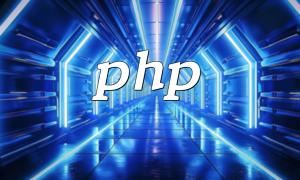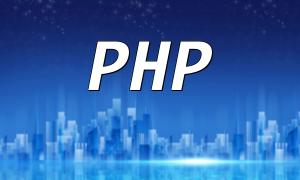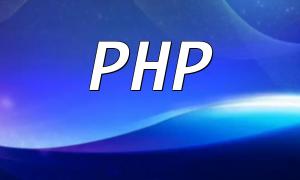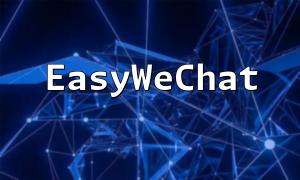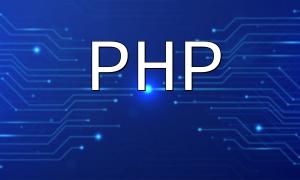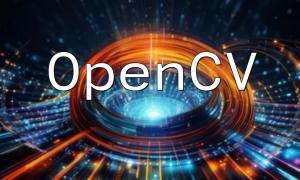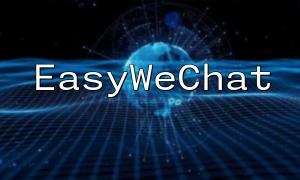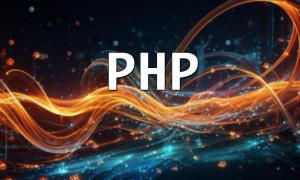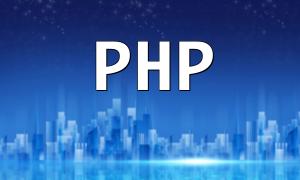IoT devices generate large volumes of data, and understanding and analyzing this information is crucial for decision-making and operational optimization. PHP frameworks provide a powerful platform for data visualization, allowing developers to transform sensor data into easy-to-understand charts and graphics.
Selecting a PHP framework suitable for IoT data processing and visualization is essential. Frameworks like Laravel and Symfony offer rich libraries and tools that simplify data handling, template rendering, and front-end visualization workflows.
Before visualizing data, you need to retrieve sensor information. Use the framework’s built-in HTTP request libraries (such as GuzzleHTTP) to access device APIs and obtain data in JSON or XML format.
Once the data is retrieved, it must be parsed and processed. PHP provides built-in functions and third-party libraries (like SimpleXMLElement) to parse JSON, XML, and other data formats, preparing the data for front-end visualization.
With JavaScript libraries such as Chart.js or Highcharts, you can generate dynamic charts and visual components. PHP framework template engines (e.g., Twig) allow you to pass processed data to the front end for rendering charts.
To keep visualizations up-to-date, implement real-time data updates using WebSockets or Server-Sent Events (SSE). This is crucial for monitoring and data analysis.
Providing interactive features, such as data filtering, chart type switching, and dynamic refreshing, improves user experience. By adding interactive JavaScript logic on the front end, you can achieve more flexible data presentation.
Visualizing greenhouse gas sensor data with Laravel:
By following these best practices, developers can build efficient and flexible IoT sensor data visualization applications using PHP frameworks. This enables in-depth analysis of device data, identification of trends, and informed decision-making.
